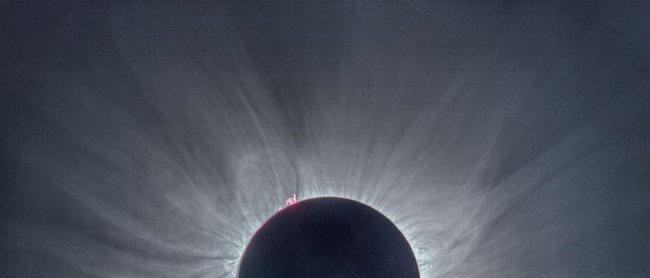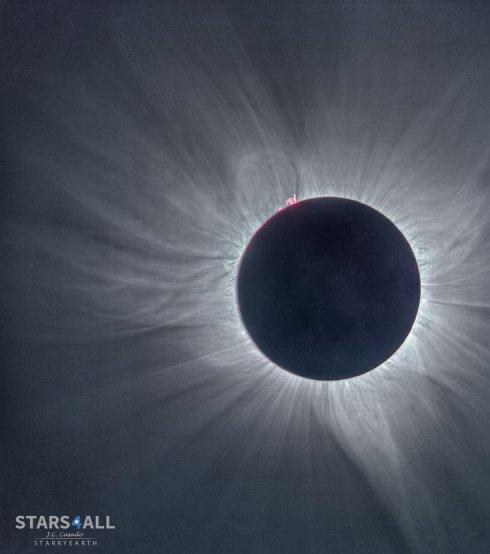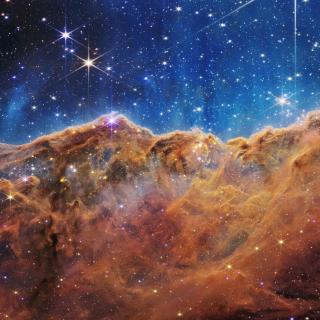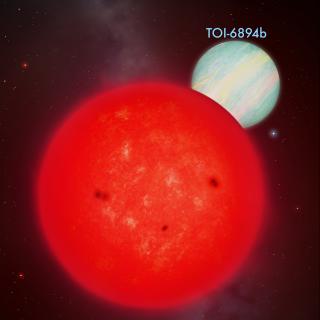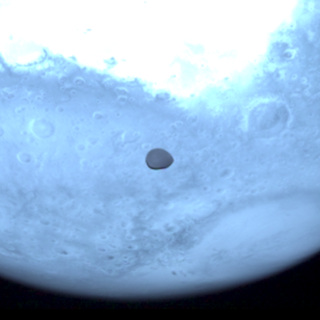The event will be transmitted directly via the STARS4ALL website, in collaboration with the sky-live.tv channel, on August 21st. The village of Mackay, chosen by NASA as the official observing point, will take part in the observation. NASA considers this eclipse as the astronomical event of the year, and has organized many educational and outreach activities on the day of the eclipse.
The last total solar eclipse was on 9th March 2016, and no won August 21st 2017 the Moon’s shadow will again fall onto the Earth’s surface. It will be the “great American eclipse” because the band of totality will cross the United States diagonally from west to east, from Oregon to South Carolina (see Figure 2.)
There have been no total eclipses of the Sun visible from the United States since 1979. In April 2024 another total eclipse will cross the eastern US. A group of astronomers, from the STARS4ALL project, will travel to Idaho (USA) to observer the total solar eclipse and provide a live transmission, which will be seen on the website sky-live.tv and will take place on August 21st at 10:00 local time, which is 16:00 universal coordinated time (UCT) 17:00 in the Canaries, and 18:00 Central European Time (CEST).
STARS4ALL is a platform to raise public awareness of the need to promote Dark Skies in Europe via Light Pollution Initiatives (LPI). The LPI are local or global working groups fighting light pollution.
Why have the astronomers chosen Idaho for their broadcast?
Miquel Serra-Ricart, a researcher at the Instituto de Astrofísica de Canarias (IAC), who is in charge of the expedition comments, “after the last eclipse in Indonesia, which was really difficult to observe because of the clouds, we now have the great American eclipse. This time the probability of clouds is low. This circumstance, plus the fact that we will be observing from two points in Idaho, makes this one of the “safest” eclipses in recent years. In fact, we have not had a favorable eclipse since 2006 which we observed from the Libyan dessert”.
Miquel Serra-Ricart is an experienced eclipse observer. This will be his 14th expedition as leader (see shelios.org). The first was in 1988 in mid-Atlantic. “We have been waiting many years for the great American eclipse. The next important date will be in August 2026 in Spain, where the band of totality will pass through cities such as A Coruña, Leon, Planecia, Valladolid, Zaragoza, Castellón, and will finish in Palma de Mallorca”
Several TESS-W photometers, developed by the Complutense Univesity of Madrid (UCM) with the STARS4ALL project, will obtain data on brightness and temperature during the eclipe. The data obtained will be available for educational activities.
The village of Mackay (Idaho, USA), which is organizing the event “Totality on the Top of Idaho” will participate in the broadcasting of the eclipse. This will be broadcast from two different sites in the State of Idaho to increase the probability of success. The first observing point will be at Smiths Ferry, there the moon’s shadow will arrive first, and the coordination will be from the village of Mackay, where totality will start around two minutes later.
At the same time the astrophysicists of the UCM Jaime Zamorano, Jaime Izquierdo and Jesús Gallego will observe the eclipse from the village of Cascade (Idaho) where they will take images of the solar corona and spectra of the chromosphere. These university Professors will be observing together with distinguished astronomers from the United States, among them James Lowenthal (American Astronomical Society).
From Western Europe, just before sunset it will be possible to observe the final phase of the eclipse, which will be partial. In Spain it will be possible to see a sunset from Galicia with a small part of the solar disc eclipsed by the Moon. It will also be possible to see the final moments of partial eclipse from cities such as Paris, London, Dublin, and even Oslo. From Iceland the partial cover will be rather weaker. But from the Canaries the eclipse will be observable to a considerable degree. From the Canary Island Observatories the Moon will get to eclipse about 30% of the solar disc at sunset. The timetable (in local Canary time) will be as follows:
Beginning Maximum Sunset
Roque de los Muchachos Observatory 19:50:47 20:40:56 20:43
Teide Observatory 19:51:25 20:41:11 20:38
Three supercomputing centers: the Instituto de Astrofísica de Canarias (IAC), the Extremadura Centre of Advances Technology (CETA-CIEMAT) and the Consortium of University Servers of Catalonia (CSUC) will collaborate in the distribution of the broadcast of the website (sky-live.tv).
STARS4ALL is a project funded by the H2020 programme of the European Union under agreement number 688135. STARS4ALL is made up by 8 institutions (IAC, UPM, CEFRIEL, SOTON, ECN, ESCP Europe, IGB, UCM) from 6 countries.
IAC contact: Miquel Serra-Ricart, IAC researcher, mserra [at] iac.es (mserra[at]iac[dot]es)
● The website of STARS4ALL
● The educational activities can be found at
http://astroaula.net/recursos-didacticos/actividades/eclipse-atmosfera/
● The oficial NASA eclipse website
● Information about the broadcast
● High resolution images of previous total Solar eclipses: https://www.flickr.com/photos/65131760@N06/sets/72157634767436442/
● Images and videos of the last total solar eclipse, in Indonesia (2015)
https://www.flickr.com/gp/starryearth/UM1o88
● Expedition blog
● Interactive map of the eclipse
eclipse2017.nasa.gov/sites/default/files/interactive_map/index.html
Broadcast channels
Youtube
Mackay, Idaho (Image of the Sun and commentaries)
Smiths-Ferry, Idaho (only image of the Sun)
Facebook
https://www.facebook.com/skylivetv
Circumstances of the Eclipse at Mackay, Idaho , USA, (21st August 2017)
Duration of the total eclipse of the Sun: 1 minute 50 seconds
LOCAL TIME UT – 6h
CEST time = UT + 2 h
Canary Island Time = UT +1 h
Contacts of the Total Solar Eclipse. Universal Time (UT)
Start of the partial eclipse (C1): 16:13:38.0
Start of the total eclipse (C2) 17:30:20.3
Eclipse maximum 17:31:26.6
End of the total eclipse(C3) 17:32:33:
End of the partial eclipse (C4): 18:54:54.4
